Hello my quilting friends! This week I'm playing with free motion couching again, this time stitching out different filler designs and seeing how that works using thick yarn and the smallest couching foot on my Grace Qnique longarm. Check out how it went in this new quilting tutorial:
Quick links to the tools and supplies shown in this quilting video:
How Free Motion Couching Works
It might be a little confusing to understand how free motion couching works on a longarm. I have my machine set up the way it normally is with the stitch length set at 16 stitches per inch, a size 16 needle, and the tension set to where it's normally balanced for regular free motion quilting.

The only extra thing is the yarn which is fed through the hole in the center of the couching foot base.
The key to securing the yarn to the quilt is making sure the yarn stays plump as it feeds through the foot. If the yarn is pulled tight, it will be easy for the needle to miss stitching through the center of the yarn.
I quilted Pebbling and Stippling in this video and learned a lot about free motion couching along the way. Make sure to keep your Pebbles nice and big as this technique will tend to make the quilt stiff, especially if you have to quilt around and around the circular shapes. Also watch out for particular directions where the machine doesn't properly connect with the yarn.

I like quilting Stippling with free motion couching too, but I think this looks best on a large scale with lots of space between the lines of quilting. When the design gets too dense, the yarn looks too chunky on the surface and its easy for it to miss the yarn in tight curves.
I also experienced thread breaks while free motion couching and make sure to watch the video to see how I handled that. If the yarn doesn't break or run out, I think the best thing to do is not cut the yarn.
Tie off and bury the thread tails to secure the thread in the quilt, then wind a new bobbin and re-thread machine. Then began stitching again from the spot the thread ran out.
This is also how I begin stitching and secure the yarn. I drop the needle down and bring up the bobbin thread so I have the top in bobbin thread on the quilt surface along with the yarn.
I take a few stitches in place manually using the needle up/needle down button on the machine, then get started quilting. After I stitched a short distance away, I'll tie off and bury the thread tails again, but cut the yarn in short. Again I don't know how well this technique will wear over time, but this is the perfect quilt to experiment with.
Would you like to see other videos quilting on this quilt? Check them out in other Frame Quilting Friday videos shared right here.
Let’s go quilt,
Leah Day


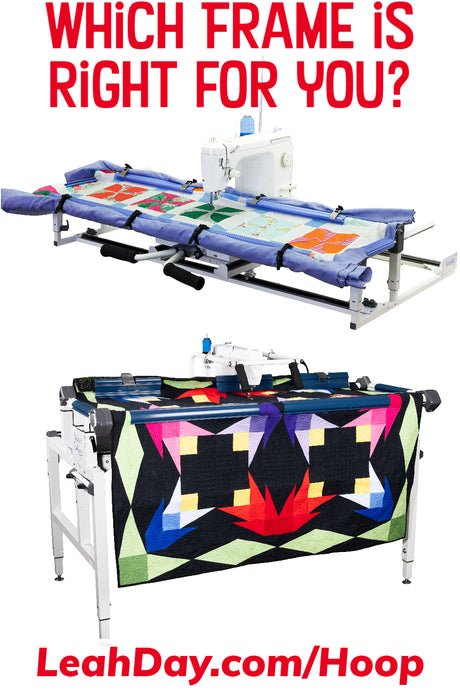
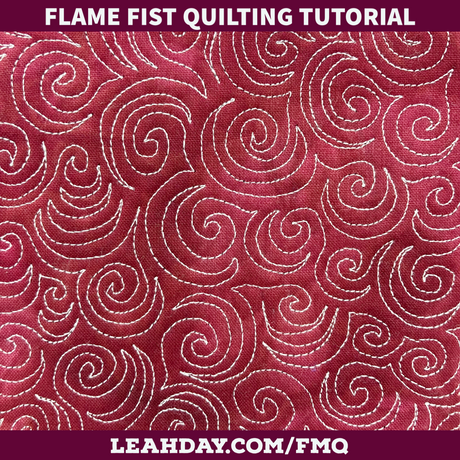
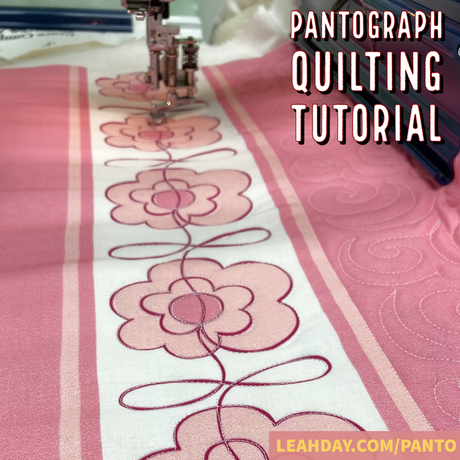

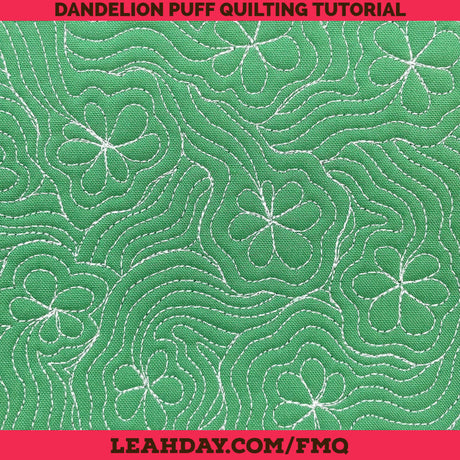
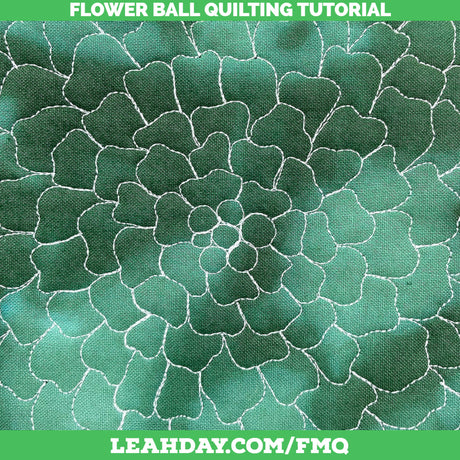
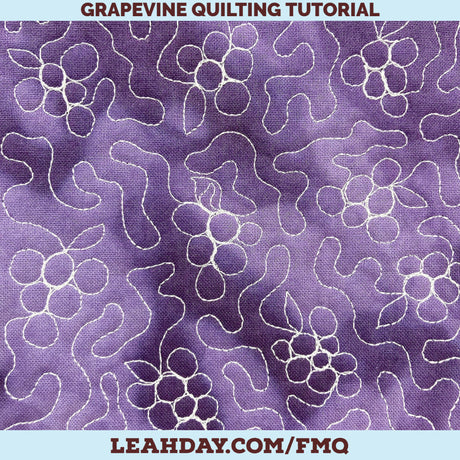
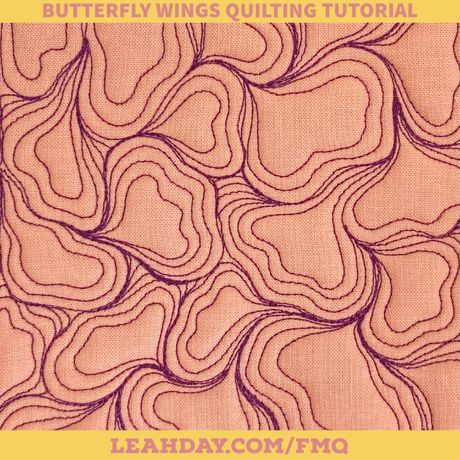
5 comments
Can you use a edge to edge quilt patter or a block pattern when couching or is couching just for free motion
Thanks Denise
No, I don’t really think it’s necessary to have the ruler base attached to help with catching the yarn with the thread. They key is matching the yarn thickness with the right couching foot base. I typically use the base with the smallest hole the most because it ensures the yarn doesn’t wobble around and miss being caught by the needle.
Its not really clear and I’m wondering if you use a ruler base under the quilt to aid in stability for the needle to catch the thread?
Hi Janet – I think couching white or gray yarn for the strings would be awesome! You’ll need to be sure to set up the quilt so the strings run horizontal across the frame so you can quilt across in one continuous line.
I am going to be appliqueing a guitar on a quilt. My question is….what should I use for the strings? Should I be “couching” them – and if so, with what? – or is there a thick thread that would work better? (I also have the Q’14+ on a Continuum frame.) Thank you! And I really appreciate your couching tutorial!